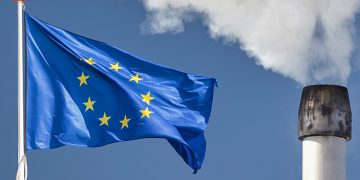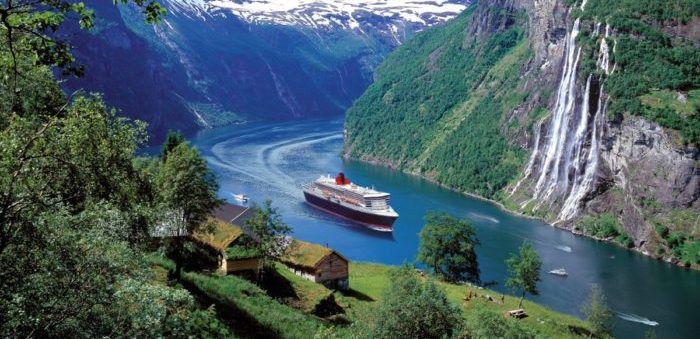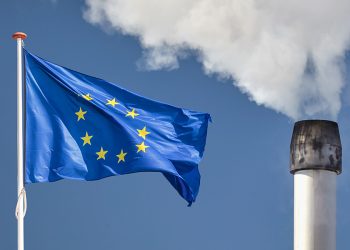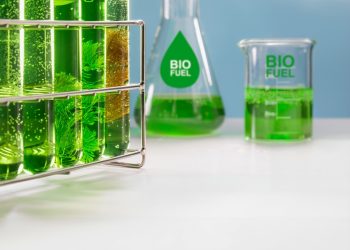The following article, provided by the Gard P&I Club, cites the key sulphur emission limits in several designated MARPOL emission control areas (ECAs) of the world.
Recent attention has been focused on the reduction of the global sulphur cap from 3.50% to 0.50% – but don’t forget there are lower sulphur level requirements in designated MARPOL emission control areas and areas defined by regional governmental entities. Here is a round-up of such areas.
From time to time Members and clients contact Gard to ask for advice when a ship has been fined for burning non-compliant fuel in a port or waters where special sulphur emission regulations apply. In some cases, ships may have unknowingly burned fuel with a sulphur content exceeding the permissible limit, e.g. because the bunker delivery note (BDN) was not accurate. However, most instances of non-compliance happen because ship operators and crews were not fully conversant with the local air pollution regulations in force.
A number of regions, states and ports around the world have implemented their own strict sulphur emission limits – and the list of such places is likely to grow in the future. Ship operators must therefore ensure crews are familiar with the sulphur emission limits in force in the jurisdiction to which they trade. Crews should also be provided with clear procedures and guidance to this effect.
Below you can find an overview of key issues that may assist ship operators and their masters to remain compliant in some of the places where special sulphur emission regulations apply.
However, as new local regulations or changes to existing legislation can be implemented with very little notice, and the regulatory enforcement strategy may differ from one region/port to another, ships’ masters should always seek advice from their agents on local requirements well in advance of the ship’s intended port call.
MARPOL designated emission control areas (ECAs)
The entry into force of the global 0.50% sulphur limit has not altered the requirements applicable in the four ECAs designated under Regulation 14 of MARPOL Annex VI. The 0.10% sulphur limit continue to apply inside the North American, US Caribbean, North Sea and Baltic ECAs and the IMO website displays the exact coordinates of the four ECAs.
European Union (EU)
Under the EU Sulphur Directive, ships at berth in EU ports must use marine fuels with a sulphur content not exceeding 0.10% and complete any necessary fuel changeover operation as soon as possible after arrival at berth and as late as possible before departure.
While guidance on the permissible time for crew to complete a fuel changeover operation may vary from one port to another and depend upon ship type and systems, most port authorities allow one hour to complete the operation. Ships are expected to have compliant fuel onboard upon arrival at the berth and additional delays in the changeover operation caused by time spent procuring and taking delivery of compliant fuel after berthing may not be accepted. Ships that, according to published timetables, are due to be at berth for less than two hours are explicitly exempted from the requirement, and so are the ships which switch off all engines and use shore-side electricity while at berth in ports.
‘Ships at berth’ means ships which are securely moored at berth or at an anchor in an EU port. With delimitations of each port being established locally, Masters should always confirm with ships’ local agent whether or not an outer anchorage is considered to fall within the port limits for the purposes of sulphur emission compliance.
Turkey
Turkey is not a member of the EU but its sulphur emission regulation is aligned with that of the EU. Hence, all ships are required to use marine fuels with a sulphur content not exceeding 0.10% while at berth in Turkish ports or operating on Turkish inland waterways. The requirement does not, however, apply to ships transiting the Turkish Straits, that is, the Bosporus and the Dardanelles, and the Marmara Sea, unless their transit process, e.g. a stay at an anchorage or in a port whilst awaiting passage, exceeds two hours.
China
In September 2015, China designated its own domestic ECAs and announced a gradual implementation of requirements covering emissions of air pollutants from ships. At the time of writing, ships are required to use fuel with a sulphur content not exceeding 0.10% while operating within the country’s inland ECAs, the Yangtze River and Xi Jiang River. From 1 January 2022, ships operating within the Hainan Coastal ECA must do the same.
The exact coordinates and maps of China’s domestic ECAs are included in our correspondent Huatai Insurance Agency’s circular PNI 1816 of 13 December 2018. It is worth noting that China has declared straight baselines along parts of its coast. This means that China’s baseline, from which its 12nm territorial sea limit must be measured, can lie many nautical miles off its coast.
Norwegian world heritage fjords
From 1 March 2019, the North Sea ECA 0.10% sulphur limit was extended to include the entire Norwegian world heritage fjord area, including the Nærøyfjord, Aurlandsfjord, Geirangerfjord, Sunnylvsfjord and Tafjord in Western Norway. The exact coordinates of the sea areas included in the heritage fjords are outlined in the Norwegian regulation on environmental safety for ships and offshore units.
Ships of 10,000 gross tonnes and above sailing in the world heritage fjords must also carry an environmental instruction specially adapted to the ship and operation in these areas. The environmental instruction shall ensure that the ship is operated as environmentally friendly as possible through technical and operational measures and crew training. The instruction shall as a minimum include operational and technical measures for reducing particle matter emissions and visible smoke, and speed as a measure for reducing emissions and discharges. The Norwegian Maritime Administration’s guidelines for developing an environmental instruction provide additional details.
Iceland
On 1 January 2020, the permissible sulphur content of marine fuels used in Iceland’s territorial sea and internal waters, i.e. including the fjords and bays, was reduced from 3.50% to 0.10%, aligning the requirements with those currently in effect in the MARPOL designated ECAs. Iceland’s territorial sea extends 12nm from its coastline. Please see the website of the Government of Iceland for additional information.
Sydney, Australia
Following concerns raised by residents living near the White Bay Cruise Terminal in Sydney, the Australian Maritime Safety Authority (AMSA) implemented a 0.10% limit on sulphur emissions from cruise vessels berthing in Sydney Harbour. ‘Cruise vessel’ means a vessel not having a cargo deck, designed exclusively for carriage of over 100 passengers in overnight accommodation and the limit on sulphur emissions applies from one hour after the vessel’s arrival at berth until one hour before the vessel’s departure. Additional details are outlined in AMSA’s Marine Notice No.6/2018.
California, USA
Although Californian waters fall within the North American ECA designated under MARPOL Annex VI, the state continues to apply its own low sulphur fuel regulations, the California Air Resource Board (CARB) Ocean-Going Vessel (OGV) Fuel Regulation. Ships operating within 24nm of California’s coastline are therefore subject to two separate sets sulphur emission regulations.
While both regulations specify a sulphur limit of 0.10%, the CARB OGV Fuel Regulation requires that the fuel also meet the specifications for distillate grades (marine gas oil or marine diesel oil) and does not permit compliance via scrubbers. Additional information is available via the CARB OGV Fuel Regulation website and a detailed comparison of the two set of regulations that apply in Californian waters can be found in CARB’s Marine Notice 2020-1.
As far as we are aware, California is the only local legislator that does not accept the use of residual fuels in combination with exhaust gas scrubbers as an acceptable means of reducing vessels’ sulphur emissions below the permissible limits. However, the crew onboard ships that do operate open loop scrubbers must also beware of local restrictions applicable to the discharge of washwater from scrubbing.
Above article has been initially published at Gard P&I Club’s website and is reproduced here after kind permission.































































